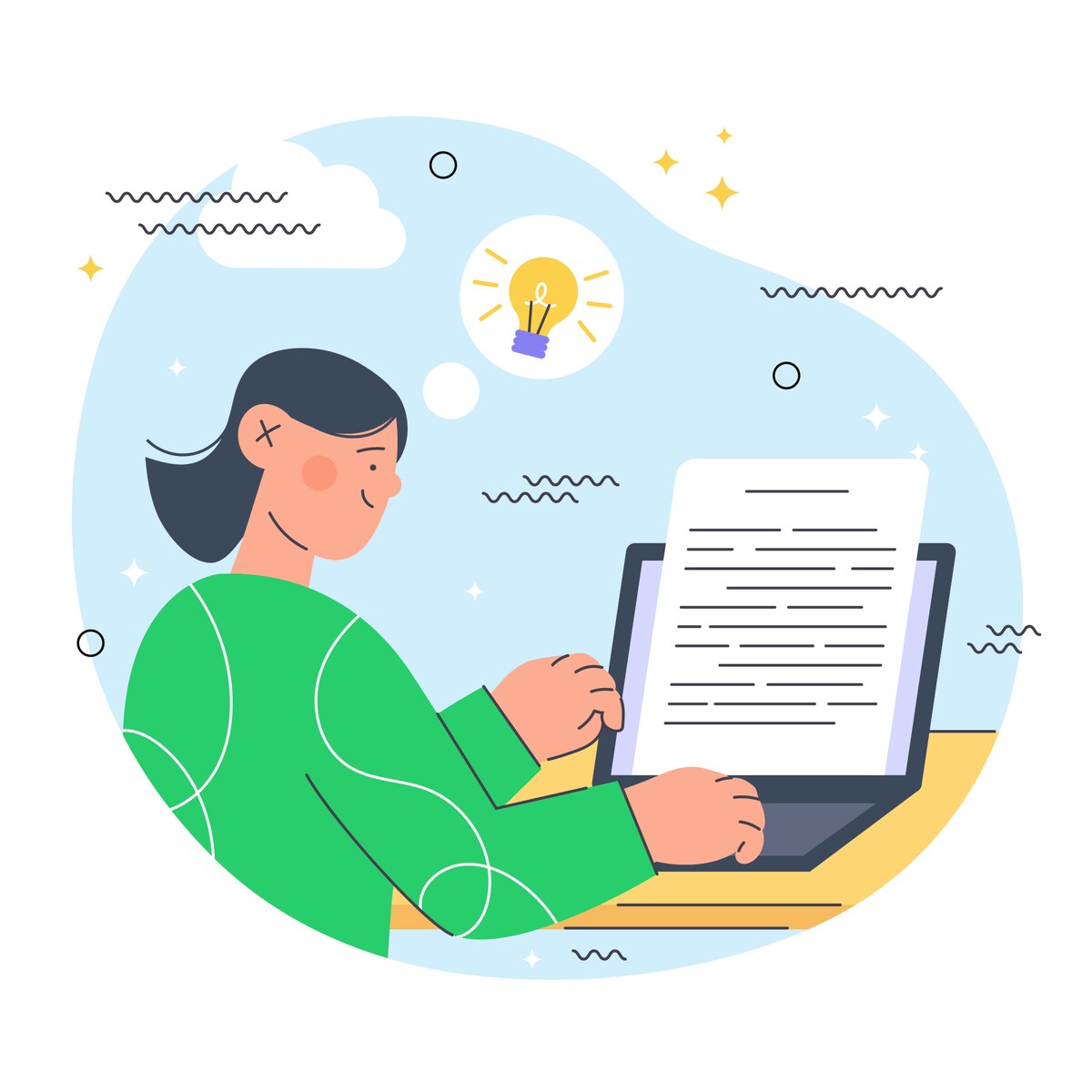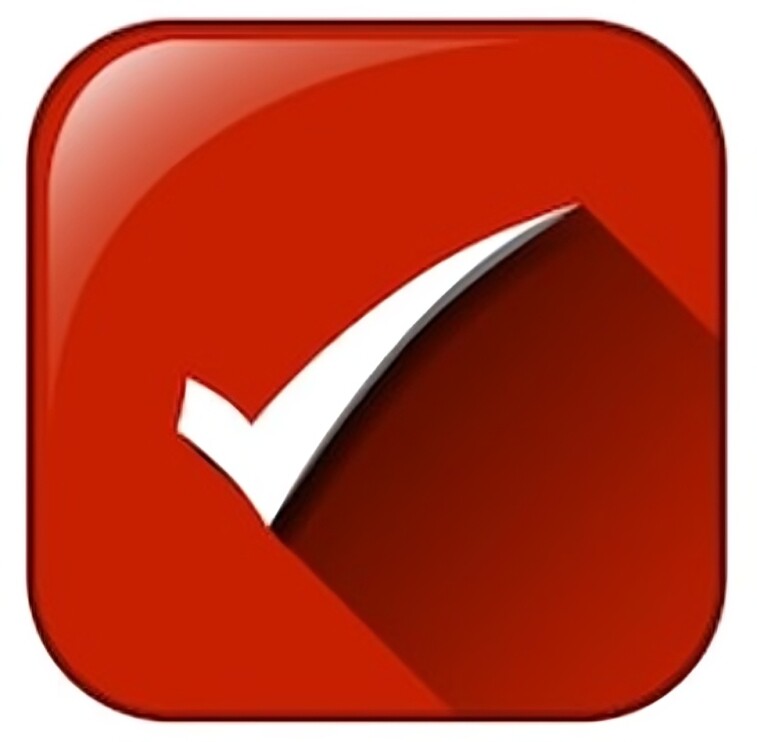تأثیر فحص الانتحال على تقدیم بحثک


فی النشر الأکادیمی، من المهم جداً الحفاظ على نزاهه وأصاله عملک. إحدى الأدوات الأساسیه لتحقیق ذلک هی فحص الانتحال. تساعدک هذه العملیه على التأکد من أنک لا تستخدم أفکار الآخرین دون إعطائهم حقهم. معرفه أهمیه فحص الانتحال، وما هی النسب المقبوله، وأی الأدوات یجب استخدامها، سیساعدک فی تحسین فرصک فی النشر.
لفحص الانتحال عده أهداف فی المجال الأکادیمی. الهدف الأساسی هو الحفاظ على المعاییر الأخلاقیه ومنع استخدام أفکار الآخرین بدون الاعتراف بهم بشکل صحیح. إذا قدمت ورقه تحتوی على انتحال، فإنک تخاطر برفضها من المجله العلمیه، وقد تضر بسمعتک کباحث. إظهار أن عملک أصلی یکسبک الاحترام داخل المجتمع الأکادیمی.
أصبح من الشائع أن تطلب المجلات من المؤلفین استخدام أدوات فحص الانتحال. تقریر فحص نظیف لا یدل فقط على نزاهتک، بل یوضح أیضاً أنک قمت بالبحث والکتابه بدقه.

لا یوجد معیار موحد لما هو مقبول من نسب الانتحال، ولکن فیما یلی إرشادات عامه:
نوع المجله | النسبه المقبوله للتشابه | ملاحظات |
|---|---|---|
المجلات الأکادیمیه العامه | 10% أو أقل | یشمل المواد المنقوله مع الاقتباس الصحیح |
المجلات الدقیقه | 5% أو أقل | معاییر أکثر صرامه؛ تتطلب أصاله عالیه |
أوراق المؤتمرات | 15% أو أقل | قد تسمح بنسبه تشابه أعلى قلیلاً |
من المهم مراجعه تعلیمات التقدیم الخاصه بالمجله المستهدفه، حیث قد تکون هناک معاییر أکثر صرامه.
إذا تجاوزت ورقتک النسبه المقبوله، فقد یتم رفضها أو إخضاعها لمراجعه دقیقه إضافیه، مما قد یؤخر عملیه النشر.
من أفضل الأدوات لفحص الانتحال هی iThenticate. هذا البرنامج موثوق للغایه ویفحص عملک بشکل شامل، حیث یقارنه مع قاعده بیانات ضخمه من المقالات الأکادیمیه والمحتوى الإلکترونی، ویقدم تقریراً مفصلاً عن أیه تشابهات محتمله.
استخدام أداه موثوقه مثل iThenticate یمنحک الثقه بأن عملک تم التحقق منه بدقه. یُنصح باستخدام مثل هذه البرامج قبل إرسال مخطوطتک لتتمکن من إجراء أی تعدیلات ضروریه.

إذا وجدت أن ورقتک تحتوی على نسبه تشابه أعلى من المطلوب، هناک طرق فعاله لتقلیلها. أحد الأسالیب هو إعاده الصیاغه الصحیحه، أی کتابه الفکره الأصلیه بکلماتک الخاصه مع الحفاظ على المعنى. إعاده الصیاغه الجیده تخفض نسبه التشابه وتظهر أنک تفهم الموضوع جیداً.
کذلک، احرص دائماً على توثیق جمیع المصادر بشکل دقیق، مما یساعدک على تجنب الانتحال ویعزز مصداقیه کتاباتک. عند استخدام أفکار من باحثین آخرین، قدم لهم الفضل سواء عبر اقتباس مباشر أو إعاده صیاغه المعلومات.

إذا وجدت صعوبه فی تحقیق الأصاله المطلوبه بمفردک، فکر فی استخدام خدمات دعم النشر. هذه الخدمات تقدم إعاده صیاغه احترافیه ومراجعه شامله لتحسین مخطوطتک وضمان التزامها بمعاییر المجلات العلمیه.
باستثمارک فی خدمات الدعم الأکادیمی، یمکنک تحسین جوده ورقتک وزیاده فرص قبولها للنشر.

الخلاصه
فحص الانتحال خطوه ضروریه أثناء تحضیر المخطوطه للنشر. من خلال الحفاظ على المعاییر الأخلاقیه، والالتزام بالنسب المقبوله، واستخدام أدوات مثل iThenticate، یمکنک تعزیز نزاهه عملک. وإذا واجهت تحدیات فی تحقیق الأصاله، یمکنک اللجوء إلى تقنیات إعاده الصیاغه وخدمات الدعم للنشر لتعزیز بحثک. هذه الخطوات تحمی سمعتک الأکادیمیه وتزید من فرص نشرک فی المجلات العلمیه المختاره.

هل ترغب بالتأکد من أن ورقتک أصلیه وخالیه من الانتحال؟ أرسل لنا ملفک وسنقوم بفحصه بحثاً عن الانتحال. کما یمکننا مساعدتک فی إعاده صیاغته للوصول إلى النسبه المطلوبه. ابدأ الآن لتعزیز فرص نشر بحثک!
إذا کان لدیک أی أسئله، استفسارات، أو ترغب فی معرفه المزید عن خدماتنا، فلا تتردد فی التواصل معنا. فریقنا المخصص مستعد لمساعدتک.